Introducing the Guidelines for Selecting the Best Cattle for Fattening
When it comes to the selection of the best cattle for fattening, choosing the correct breed is important for achieving the best outcomes. Choosing the best cattle for fattening requires taking into consideration a variety of factors that influence their growth, adaptability, and overall performance. In this detailed guide, we will look at the key factors to consider when selecting cattle breeds for fattening. This article will provide the necessary details to help you make informed decisions and maximize your profits, whether you’re a professional rancher or new to the profession.
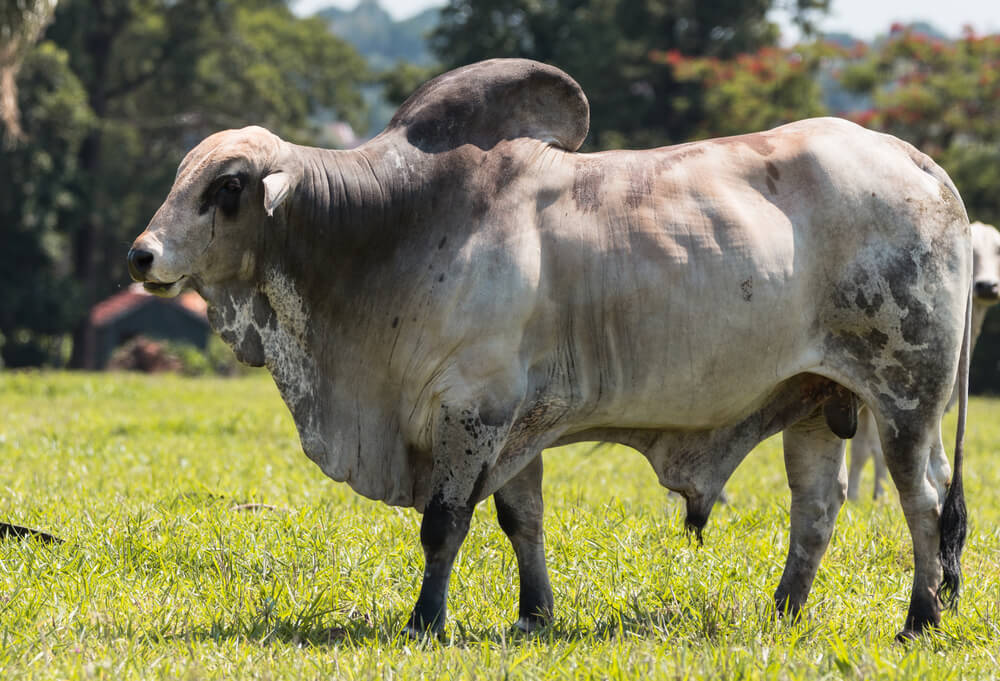
Table of Contents
Understanding Cattle Breeds For Fattening Requirements
Before looking into factors influencing cattle selection, it’s important to understand the requirements for fattening cattle. For maximum weight gain and muscle development, fattening cattle require a balanced diet enriched in nutrition. They should eat high-quality grass, grains, and supplements. They also require enough space, clean water, and proper shelter to maintain their well-being and growth. Selecting the right breed is important for ensuring the fattening process is successful and profitable.
Key Factors to Consider for Selecting the Best Cattle for Fattening
Cattle Age
Cattle age is a crucial factor to take into account when choosing fattening bulls. Young bulls with higher development potential, usually between the ages of 12 and 16 months, are frequently preferred. Bulls that are younger typically have higher feed conversion rates, allowing them to effectively turn feed into muscle mass. However, it’s crucial to achieve a balance because extremely young bulls could not have the ideal levels of maturity and muscular development for the best meat production.
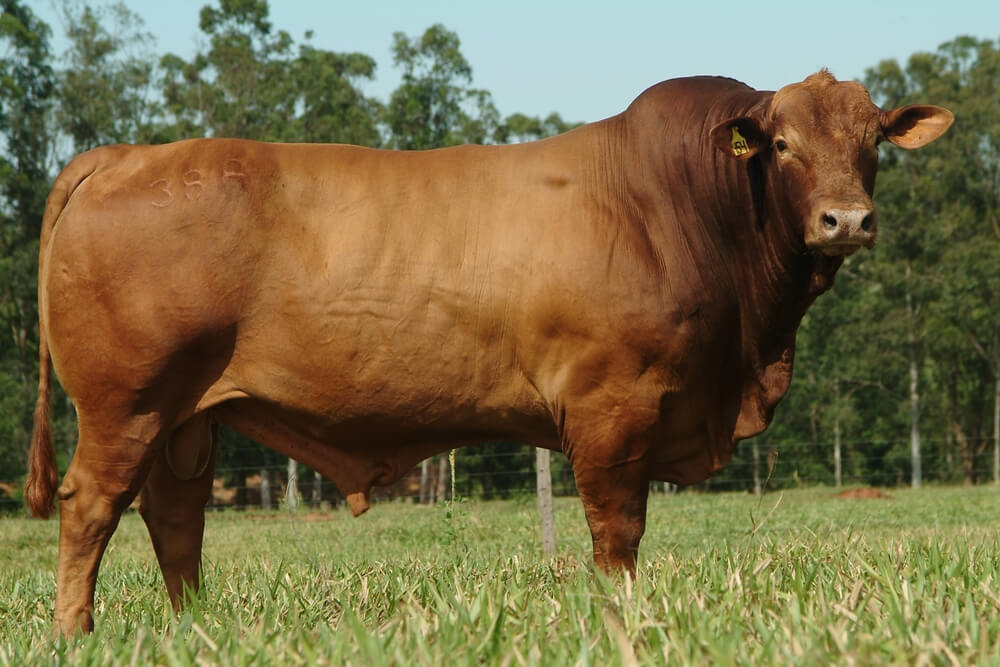
Cattle Sex/Gender
Another important factor in the selection procedure is the sex of the bull. Steers (males who have been castrated) are typically favored in Western nations for fattening due to a number of benefits. When compared to intact bulls, steers typically display higher feed efficiency, less aggression, and superior meat quality. Castration eliminates the possibility of unwanted reproduction, enabling the fattening process to take place. However, in some breeding programs or specialized production systems, intact bulls may be taken into account.
Genetic Group
The cattle genetic group is an important component to evaluate throughout the selection process. Growth rate, feed efficiency, carcass quality, and disease resistance are all genetic features that can have a substantial impact on a fattening operation’s profitability. Prioritizing bulls with superior genetics that fit with the targeted production goals is recommended. Crossbred bulls usually have faster growth rates in hot climates, higher feed efficiency, and better disease resistance.
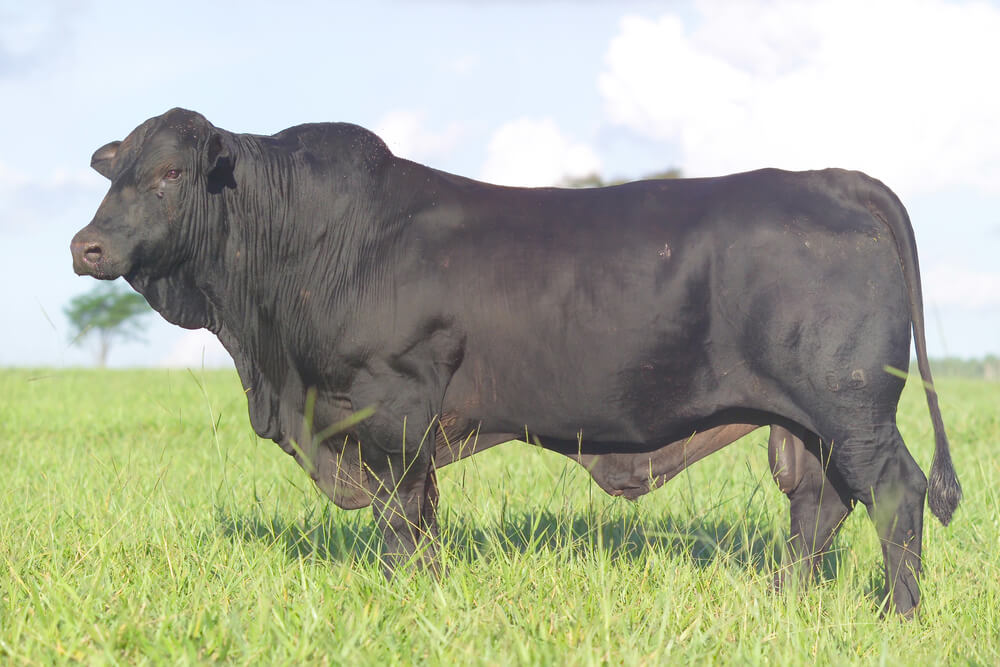
Breed Characteristics
Understanding your goals is the first step in selecting the appropriate cattle for fattening. Different breeds have unique traits that make them better suited to specific goals. If you want to produce high-quality marbled meat, breeds like Angus or Wagyu may be an excellent option. If you want a rapid growth rate, breeds like Limousin or Charolais may be beneficial.
Structure and Conformation of Fattening Bulls
The shape and structure of a bull have a direct impact on its capacity to efficiently convert feed into lean muscle tissue. When choosing fattening bulls, consider their bodily shape, including skeletal soundness, muscularity, and overall balance. Bulls with superior structural integrity are more likely to be healthy, adaptable, and gain weight throughout the fattening stage.
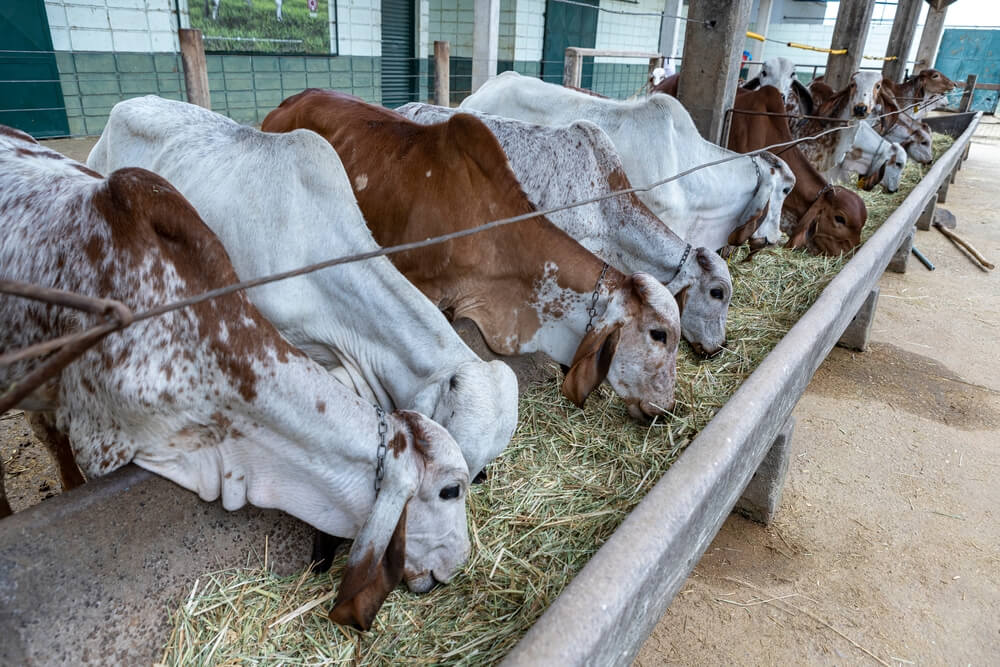
Behavior and Temperament
Cattle temperament affects their ease of handling, which is important for efficient management and stress reduction. Docile breeds are easier to handle in general, lowering the risk of injury to both animals and humans throughout the fattening process. Consider cattle breeds with a calm and controlled temperament, since they contribute to a safer and more productive workplace. Furthermore, calm bulls have higher feed conversion rates and overall performance.
Health and Vitality
A healthy cattle herd is necessary for a successful fattening program. It is important to check the health history and current condition of bulls before purchasing them. Fattening bulls should be free of any chronic or genetic diseases that may affect their performance or cause damage to the health of the herd’s other animals. Regular veterinarian examinations, vaccines, and parasite management are required to ensure the bulls’ continued health and vitality.
Adaptability to Environmental Conditions
Cattle breeds differ in their ability to adapt to various environments. Some breeds are better adapted to specific climates, while others may thrive in a variety of environments. When selecting a breed, consider climate, humidity, altitude, and forage availability. Choosing cattle breeds that are adaptable to your local area helps improve their general health and production.
Pedigree and Lineage
A bull’s pedigree and origins may provide important information about its genetic history and performance potential. Investigating the lineage of prospective bulls can help identify desirable features that have been passed down through generations. Bulls from renowned and proven bloodlines may have a better chance of generating progeny with desired traits.
Availability and Marketability
Before making your final decision, consider the breed’s availability and marketability in your area. Check to see whether there is a market for the size and type of cattle you want to fatten and if there are established marketing channels for selling your finished animals. To determine the viability and profitability of your chosen breed, research local marketplaces, slaughterhouses, and possible customers.
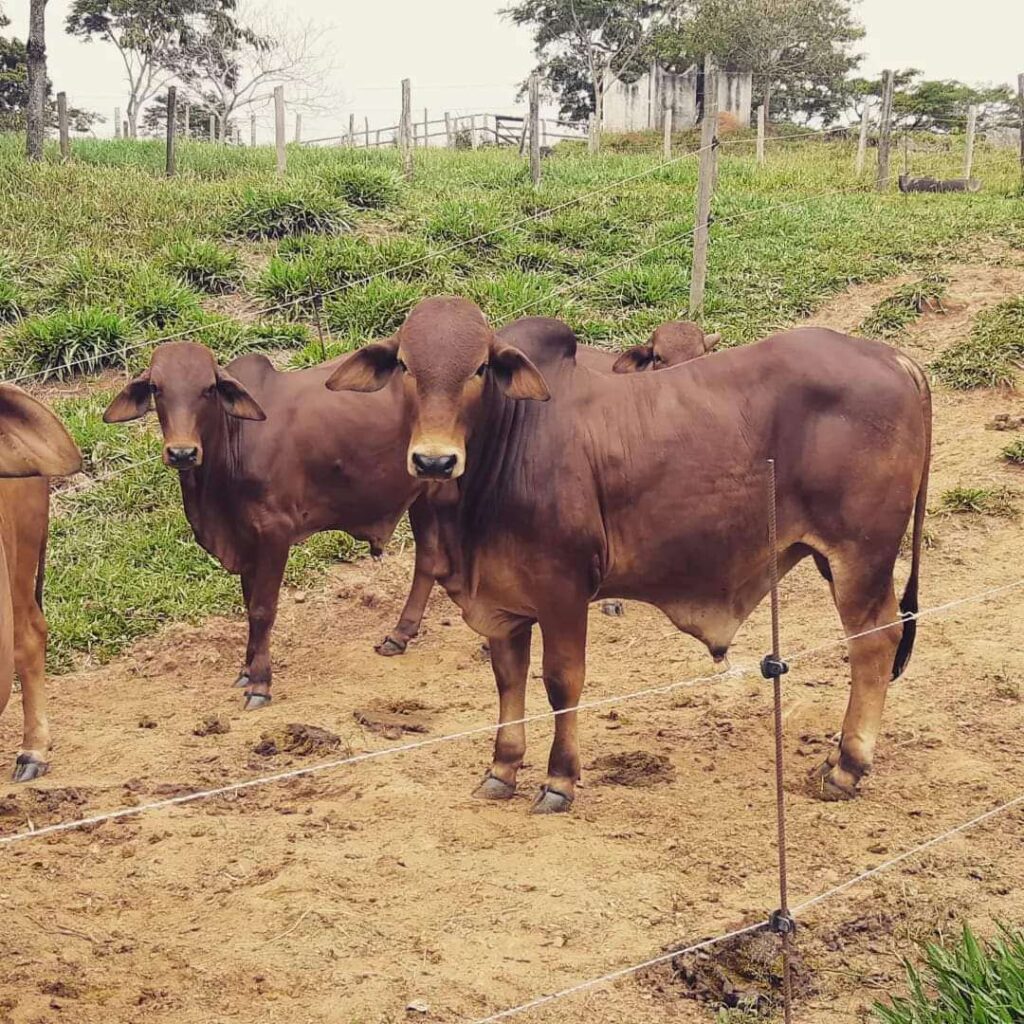
Cost and Return on Investment
When selecting cattle for fattening, cost is an important factor to consider. Consider the initial investment required to purchase the chosen breed as well as recurring costs such as feed, healthcare, and labor. Consider the possible return on investment, taking into account market prices, expected weight gains, and overall production costs. A practical approach to cost analysis will assist you in making sensible financial decisions.
Conclusion
To maximize the results of beef production in your cattle fattening business, carefully analyze several factors. Evaluate breed characteristics, adaptability, growth rate, feed efficiency, and market demand to make informed decisions aligned with your goals and meet market needs.
For better feed efficiency and meat quality, opt for steers, while young bulls with proper muscular development can enhance productivity. Select bulls from the right genetic group to achieve desirable qualities. Considering these factors, along with others, will ensure the profitability and success of your cattle fattening operation.
Examine criteria such as genetic group, age, sex, conformation, temperament, health, breeding soundness, adaptability, pedigree, and cost to make well-informed decisions that optimize your production goals. Investing time and effort in selecting high-quality bulls will lead to better beef quality, increased productivity, and overall profitability in the long run.
Frequently Asked Questions (FAQs):
Q1: How can I determine which breed of cattle is ideal for fattening?
A1: When determining the best cattle breed for fattening, consider aspects such as growth rate, feed efficiency, market demand, climate adaptability, disease resistance, and breeding stock availability. To make an informed decision, study the research and discuss it with professionals in your area.
Q2: Which cattle breed has the fastest growth rate for fattening?
A2: Several breeds, like Limousin, Charolais, Belgian Blue, Angus, Brahman, and Nelore, are well known for their rapid growth rates because of their ability to efficiently convert feed into weight gain. These cattle breeds are preferred by farmers engaged in commercial cattle fattening all around the world.
Q3: What factors should I take into consideration while selecting cattle for a hot climate?
A3: When selecting cattle for a hot area, prioritize breeds known for their heat tolerance and resistance to common tropical diseases. Look for breeds that have adapted well to hot and humid areas, such as the Brahman, Nelore, Senepol, or Sahiwal. Crossbred cattle can also perform well in hot climates.
Q4: How important is market demand in selecting cattle for fattening?
A4: When selecting cattle for fattening, market demand is an important thing to consider. Find out consumer preferences such as their cattle purchasing budget, cattle size, and color they are looking for, and find meat types in high demand. Choose breeds that can match market demands, increasing your chances of success and profitability.
Q5: Are there any considerations specific to small-scale cattle fattening?
A5: Small-scale cattle fattening operations should prioritize breeds that require low maintenance, have high feed efficiency, and adapt well to limited grazing or feedlot systems. Breeds like Sahiwal, Gir, Nelore, and Brahman are excellent options.
To Know More
Read our blog to learn more about FarmSeba and its services. Join us on social media. Write on “FarmSeba Help Desk” for any quarry. To learn how to use FarmSeba, watch video tutorials on our YouTube channel.
